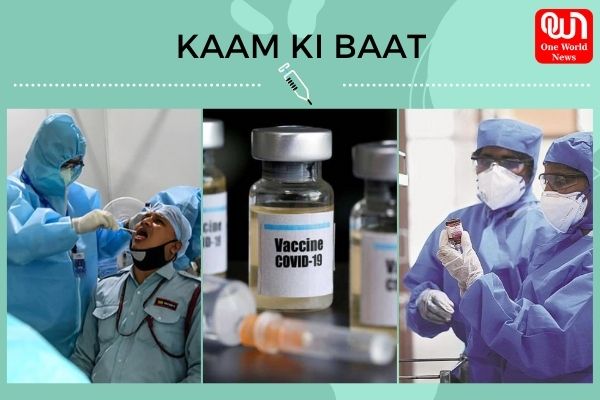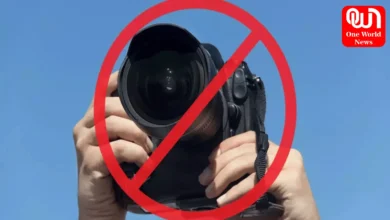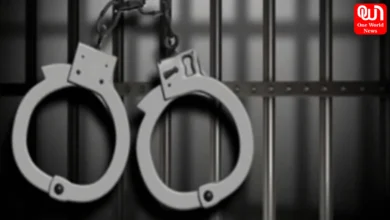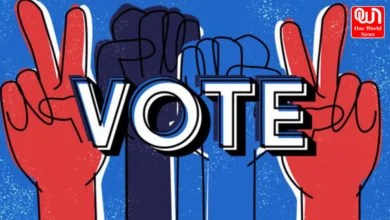
Know the whole process and preparations of India for launching a massive coronavirus vaccine program
The new year has brought new hopes for the people of India as two COVID-19 vaccines have been approved for the emergency use. After almost 9 months of hard work, scientists and doctors have finally found out a vaccine that can make common people immune to the novel coronavirus. As country gears for a large-scale immunization drive, let’s look at how the COVID-19 vaccination program will be implemented in the country.
Central Drugs and Standards Committee (CDSCO) approved indigenously developed Covaxin of Bharat Biotech and Oxford COVID-19 vaccine Covishield, manufactured by the Serum Institute on Sunday for restricted emergency use only. This paves way for the roll-out of at least 2 vaccines in India in the coming days.
The approval came a day after India conducted a massive inoculation dry run of coronavirus vaccine across States and Union Territories of the country on Saturday.
In the United Kingdom and the United States, the first shots were administered within 1 or 2 days of the Moderna and Pfizer BioNTech vaccines receiving regulatory approval. In India too, the process is expected to start very soon. Although no concrete timeline has been announced, it is expected that the mass vaccination drive will begin within a week, probably by the coming weekend.
https://www.facebook.com/oneworldnewscom/videos/717462222243394/
Who will get the vaccine first?
- Healthcare workers
Union Health Minister Dr Harsh Vardhan has said that around one crore health workers working in both private and government hospitals will get the vaccine first. This is in sync with the recommendation of the National Expert Group on Vaccine Administration for COVID-19 or NEGVAC. These health workers are further divided into subgroups – frontline health and Integrated Child Development Services workers, medical officers, nurses and supervisors, paramedical staff, support staff and students. The data for the same has been collected from the private and government health facilities and is being fed into the CoWIN, a software to roll out and scale up the vaccination drive.
- Frontline and municipal workers
After the health workers, other frontline workers who are more vulnerable to contracting COVID-19 will be vaccinated. These include workers associated with the state and the central police department, home guard, armed forces, disaster management and civil defence organization, municipal workers, prison staff and revenue officials who are engaged in COVID-19 surveillance, containment and associated activities. Workers associated with ministries of defence, housing and urban affairs, home and state government will also be included in this phase.
- Population above 50 years of age
The third in the list are people aged 50 years or more. This group is also divided into two sub-groups – Above 60 and 50-60 years of age. The latest electoral roll for Legislative Assembly elections and Lok Sabha elections will be used to identify the population under this category for the vaccination drive. There are around 27 crore people in this group who will be vaccinated by July.
- Areas with high COVID-19 infection
The central government has given generic flexibility to States and Union Territories to do priority phasing of the rollout for the identified priority groups in identified geographical areas where the coronavirus infection prevalence is high.
- Remaining population
The government aims to complete the first phase of vaccination drive by August 2021, in which 30 crore individuals will be vaccinated. The timelines for the rest of the population are not known but it is not as though the remaining population will have to wait for the completion of the first phase of vaccination drive. Other groups might begin to be inoculated simultaneously after some weeks or months.
The vaccination for the remaining population might depend on vaccine availability and disease epidemiology. The vaccine will be given to the beneficiaries in a staggered manner to avoid overcrowding at vaccination centres.
The pace of vaccination is going to play an important role here. Serum Institute of India has said it is ramping up productions at its facilities. Also, a whole lot of other vaccines – apart from Covaxin and Covishield – are likely to be approved for use in India in the coming days. These include vaccine made by Moderna, Pfizer, Zydus Cadila’s ZyCoV-D and Russian Sputnik-V.
https://www.instagram.com/p/CJn-fufBSHc/
The plan to vaccinate these people
Preparations for the vaccination program have been on for weeks for what will be India’s biggest immunization drive ever. Two rounds of mock drills have been conducted – the first in four states on December 28-29, and the second on January 2, covering 125 districts across the country.
Around 96,000 vaccinators have been trained, including 57,000 district-level training and 2,360 in a National Training of Trainers carried out in 719 districts. More than 75 lakhs people have been registered on the Co-WIN platform so far. Co-WIN is designed to provide real-time information on vaccine stocks, individual beneficiaries of the shots, and storage temperature.
Union Health Minister on Saturday said that the cold chain infrastructure of the country has been sufficiently upgraded to ensure last-mile delivery and adequate supplies of syringes and other logistics have been arranged.
As per the BBC report, around 1,54,000 nurses and midwives engaged in this program will be deployed to give Covid-19 vaccines to people. Final year nursing events will also be invited to volunteer in the process. Around 29,000 existing cold storage facilities would be used to stock the vaccines. Officials have said that extreme cold storage chains are already available in the country in a number of agricultural and animal husbandry centres in Karnataka, Haryana and West Bengal among other places.
Hoe one can register for the vaccine?
Self-registration module for getting the coronavirus vaccine will be made available in the later phases of implementation. A person would need a government photo identity card or an AADHAR authentication for self-registration. Once registered, a time and date will be allocated.
There would be no on-site registration and only pre-registered beneficiaries will be allowed to receive the vaccination. District administration will be given the responsibility of session management in the CoWIN system. They will approve the beneficiaries for site and session allocation.
Sites of vaccination
Vaccine sites are allocated for different priority groups. Vaccination will take place at a fixed session site such as government and private health facilities where a doctor or medical officer will be present. Schools and community halls would be used as outreach session sites. Special mobile sites will be set up in hard-to-reach areas, international border areas, remote areas and migratory population areas.
There would three demarcated rooms and areas on the sites. A waiting room- where beneficiaries will wait before he/she is vaccinated, vaccination room- where the beneficiary will be vaccinated and the observation room- where the beneficiary will be observed for 30 minutes after he/she is vaccinated.
It is to be noted that India already runs the world’s biggest immunisation programme, inoculating more than 4 crore pregnant women and newborns against 12 diseases every year. The country also has a well-oiled electronic system to track and stock these vaccines.
Have a news story, an interesting write-up or simply a suggestion? Write to us at info@oneworldnews.com








